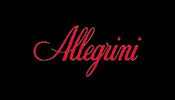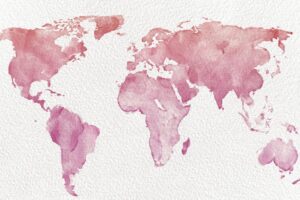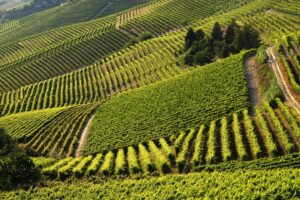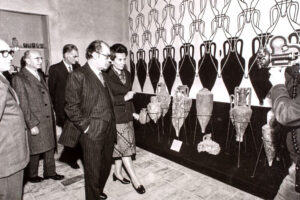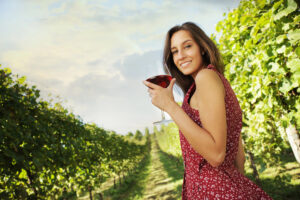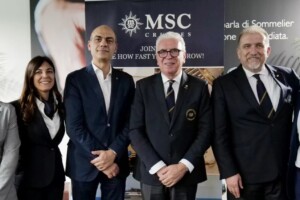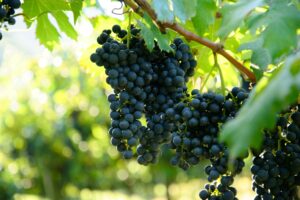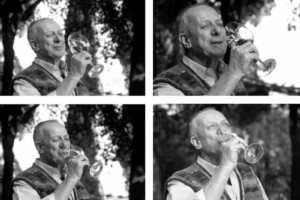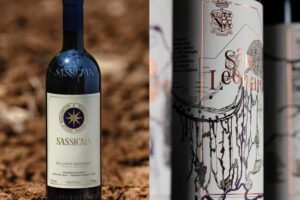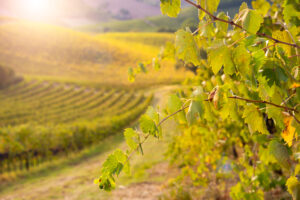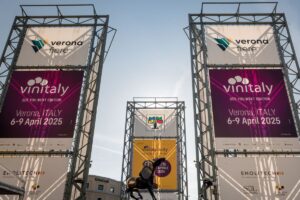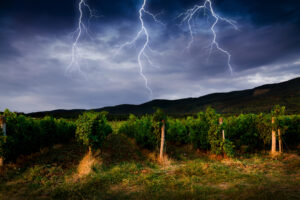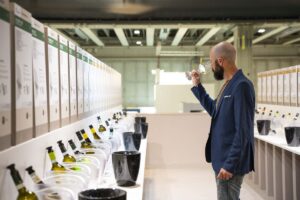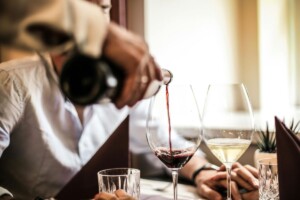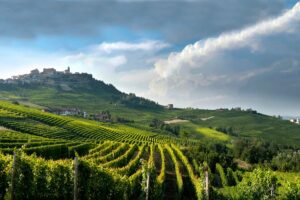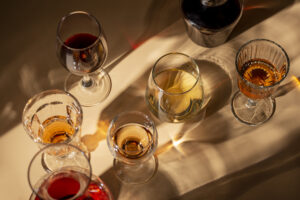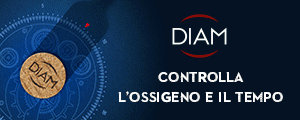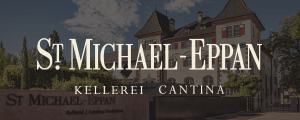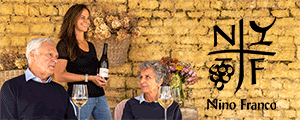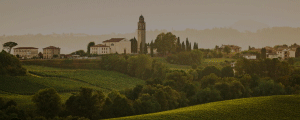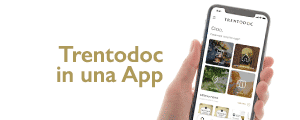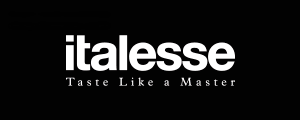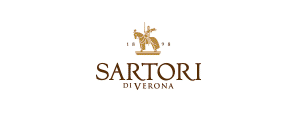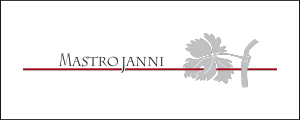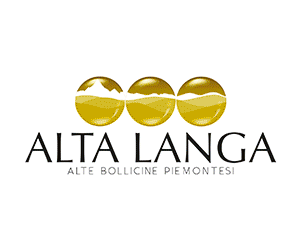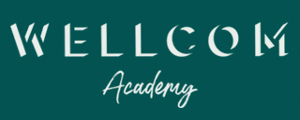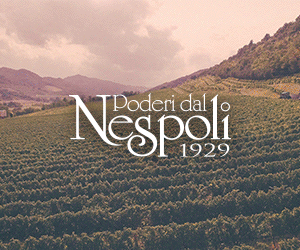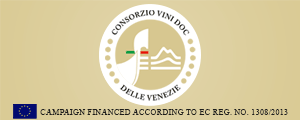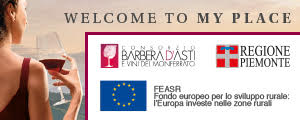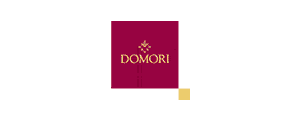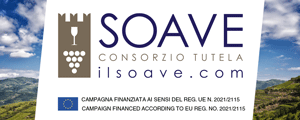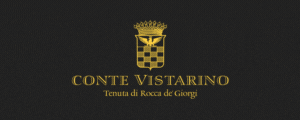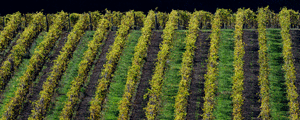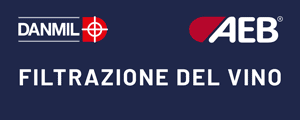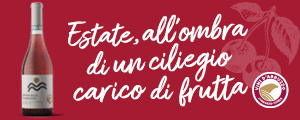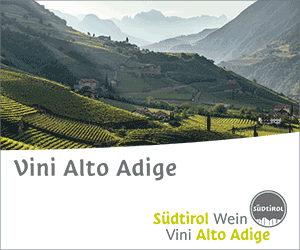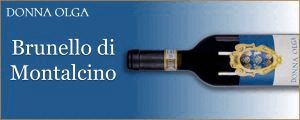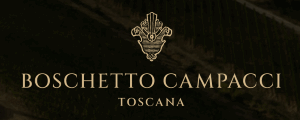Video by winenews.tv:
Traditional and mass criticism, ecommerce, big data and Italian wine in the world, WineNews interviewed Heini Zachariassen, founder of the Vivino app, the most used in the world: 23 million users, including 2 in Italy
“Traditional wine criticism has and will continue to have an important role, even though only 25% of wines on the market are reviewed and evaluated by critics. We let everyone express an appreciation of the wine they drink, and we believe that mass judgment, in the end, is more consistent than the expert's assessment. We have also seen that there are some similarities, especially regarding top quality wines, between the 100-point system critiques, and that our users express in grades 1 to 5. And perhaps this is also the secret of our success”. WineNews interviewed Heini Zachariassen, founder of the world's most widely used and famous Vivino App - 23 million users, including 2 in Italy – that with just a few clicks lets one scan, share, evaluate, and even buy over 200.000 different wines from all over the planet, as well as compare ratings, reviews and prices in a library counting 10 million different wines.
“I think wine experts will stay, that the great critics will not disappear, but younger generations see the wine world a different way from the past. They get advice from their peers and their friends, etc. They do not know wine experts as well as previous generations do. They are living a new way of knowing things that has already changed restaurants, with Tripadvisor and Yelp, and now it is wine’s turn”.
On the other hand, even the wine world is not immune to the so-called “sharing economy” revolution, and Vivino owes most of its success in knowing how to interpret this phenomenon. “We wanted to create an App”, explained Zachariassen, “that anyone could use, i.e., "normal" wine consumers, not just experts. This was the most important thing for us, in addition to focusing on data and reviews to build the best medium for consumers to choose a bottle of wine”.
And now, as we said, through partnerships with online wine shops and market traders, Vivino will also sell wine through their App”. We think this is the best way to close the circle. For example, you are at a restaurant, you taste a wine and you can buy it with the App. We think it's not always easy to choose and buy a wine nowadays, but with the app you can do it in 2 or 3 clicks”.
This service will be available in Italy at the end of the year, where, as everyone knows, wine ecommerce, unlike in other countries such as the USA, UK, China or France, has still not had great success, since all online wine & food sales still account for less than 2% of the total. “We do not know why Italy has lower percentages, but each country started out like this. It may take a little more time, but this channel will definitely grow here, too”, commented Zachariassen.
From his privileged observatory, with all the big data the app collects, has encouraging words for Italian wine on the whole, “I think that probably yours is the most prominent production in the world at this time, everywhere. This is certainly thanks to the best-known denominations, such as Brunello di Montalcino, Barolo and Amarone of Valpolicella, but there are also many other Italian wines on Vivino, especially reds with very high scores. Currently the wine with the top evaluation is Sassicaia 1985”. And, as chance would have it, it is the wine that the most famous of critics, Robert Parker, in his nearly forty-year career, likes the most, as he himself told WineNews (https://goo.gl/fD4tIu).
"Big Data", collected by users, is one of the main and most important features of any App. And, according to Vivino, in Italy, the most popular "styles" among Italian wine fans are red wines from Central Italy (13.6%), followed by reds from the North (12.3%) and then from the South (6%), then whites from the North, (8.5%), South (6%) and Center (4.5%) in the "General" category, followed by Champagne (4.2%), and individual denominations or varieties. Number one, of course, is Prosecco (2.7%), then Barbera (2.5%), Barolo, Chianti Classico and Brunello di Montalcino (all with 2.1%), followed by Amarone della Valpolicella and Nebbiolo (1.9%), Chianti (1.6%), Bolgheri (1.5%) and Primitivo (1.4%).
Copyright © 2000/2024
Contatti: info@winenews.it
Seguici anche su Twitter: @WineNewsIt
Seguici anche su Facebook: @winenewsit
Questo articolo è tratto dall'archivio di WineNews - Tutti i diritti riservati - Copyright © 2000/2024



